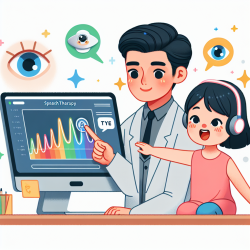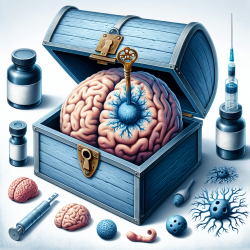In a groundbreaking study titled Constructing childhood depression: a qualitative study with international experts in child psychiatry, researchers explored how the concept of childhood depression is constructed by leading child psychiatrists worldwide. This blog will delve into the key findings of this study and provide actionable insights for practitioners to enhance their skills in addressing childhood depression.
Understanding Childhood Depression
The study identified five overarching themes in the discourse of childhood depression:
- Definition of Depression: Experts generally agreed that childhood depression is a mental disorder where irritability is more prevalent than sadness, heavily influenced by psychosocial factors.
- Diagnostic Process: There was a consensus on the importance of a longitudinal diagnostic approach, focusing on changes in behavior over time rather than isolated symptoms.
- Causes: Environmental factors such as trauma, family dynamics, and social adversity were considered significant contributors, while genetic predisposition remained a point of contention.
- Therapeutic Strategy: Psychotherapy was unanimously considered the ideal treatment, with medication as a secondary option for severe cases.
- Scientific Role of Child Psychiatry: The field is gaining independence and recognition, with a focus on developmental paradigms to understand mental disorders across different age groups.
Actionable Insights for Practitioners
Based on these findings, here are some recommendations for practitioners to improve their interventions for childhood depression:
- Adopt a Longitudinal Diagnostic Approach: Focus on behavioral changes over time and involve parents as keen observers to provide a comprehensive understanding of the child's mental state.
- Emphasize Psychosocial Factors: Pay close attention to environmental triggers such as family dynamics, school pressure, and traumatic events. These factors are crucial in understanding and addressing childhood depression.
- Prioritize Psychotherapy: Utilize various psychotherapeutic approaches, with a preference for cognitive behavioral therapy (CBT) and family therapy. Ensure that the therapeutic relationship is strong and supportive.
- Use Medication Judiciously: Reserve medication for severe cases with suicidal ideation or when psychotherapy alone is insufficient. Fluoxetine is commonly recommended, but consider the family's preferences and cultural context.
- Engage in Continuous Education: Stay updated with the latest research and discussions in child psychiatry to refine your understanding and approaches to childhood depression.
Encouraging Further Research
While this study provides valuable insights, it also highlights the need for ongoing research to refine the concepts and treatments of childhood depression. Practitioners are encouraged to engage in or support further qualitative and quantitative studies to contribute to the evolving understanding of this complex mental disorder.
To read the original research paper, please follow this link: Constructing childhood depression: a qualitative study with international experts in child psychiatry.










